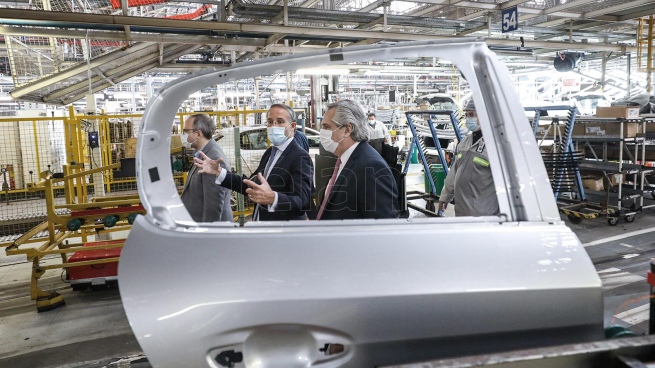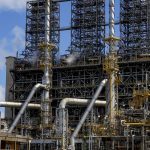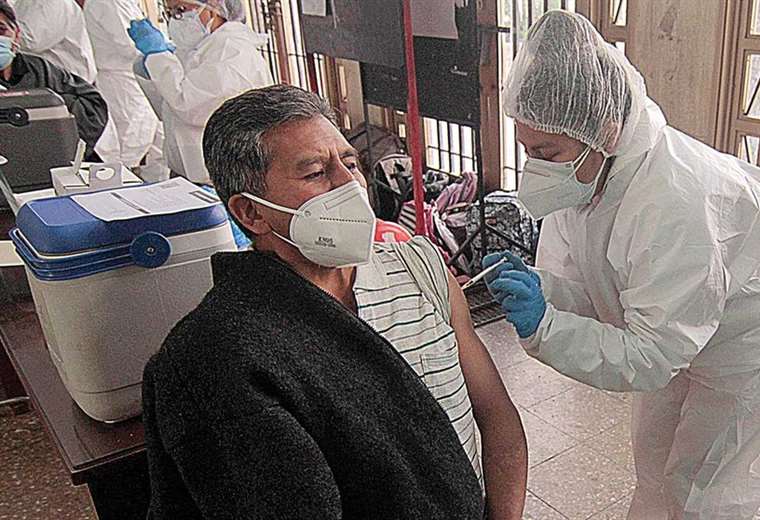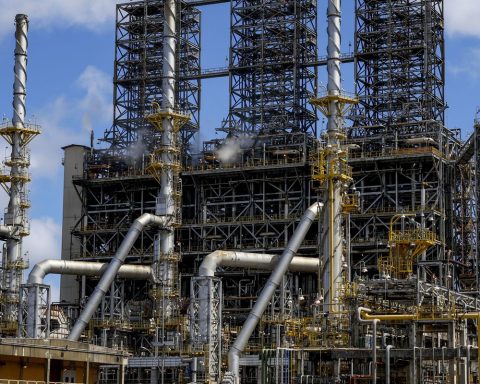The national automakers are going through a process of increasing production that is allowing them to incorporate new work shifts to supply the growing demand of the local market, and in particular the export market, accompanied by the realization of investments and the development of new models.
During the first half of the year, the national production of automobiles and utility vehicles totaled 243,698 units, which marked an increase of 25.9% compared to 193,580 vehicles in the same period of 2021.
in one trend, between January and June 140,049 vehicles were exported, equivalent to an improvement of 29.8% year-on-year compared to the same period last year when 107,877 units were shipped.
Pending the sanction of the bill to promote investment in the automotive industry, which includes tax benefits such as exemption from export rights until 2031, the brands have been registering a growing manufacturing path and estimate to close the year in around 500,000 units, still far from the record of 840,000 vehicles in 2013.
This current performance led almost all automakers to revise their production projections upwards and, consequently, to decide the implementation of more work shifts, which in each case can represent between 300 and 500 new jobs, with high training and remuneration.
This is the case of Toyota Argentina, the regional subsidiary announced in recent days that as of 2023 it will incorporate a third shift at its plant in the Buenos Aires town of Zárate, a milestone that it will achieve for the first time in its local history.
In this way, it will seek to produce more than 180,000 units of the Toyota Hilux pick-up -it also manufactures the SW4 SUV-.
Currently the plant works at maximum capacity for two shifts, with a production of 167,000 vehicles.
While the brand has been analyzing for two years the possibility of having to expand its industrial plant to give rise to greater production, the new pattern of units projected for 2023 will allow 80% of the units to be exported to 23 countries in the region. .
Another automaker, Renault Argentina, began its second production shift on the first Monday of July at the terminal it owns in the province of Córdoba, with the incorporation of 300 workers.

There the objective is to increase the production of the Sandero, Stepway, Logan and Kangoo models by 50%.
Thus, the brand will reach some 47,000 units in 2022, 76% more than in 2021, not counting the production of the Alaskan pick-up with which it will add a total of 77,000 vehicles.
To boost the production of the pick up, Renault incorporated 120 new collaborators at the end of last year.
With the increase in production, the French automaker will seek to increase exports of the Kangoo model to Colombia and Mexico, and prepare for new markets that could be confirmed in the short term.
Similarly, Nissan Argentina – a brand that, together with Renault, made an investment of US$ 700 million in the Santa Isabel plant in recent years – is also adding a second work shift.
The brand is in the process of incorporating and training 550 workers for its Nissan Frontier pick-up manufacturing lines, with which it plans to produce some 50,000 units per year by 2023, a volume similar to that accumulated in the last 4 years, of which which 65% of the vehicles will be for export to countries in the region.
Another of the terminals that analyzes adding a second production shift by the end of 2022 and the beginning of 2023 is Fiat Argentina -member of the Stellantis Group- for its Córdoba plant, where it produces the Cronos sedan, the best-selling car in Argentina in 2021 and so far this year.
With the same perspective of meeting local and export demand, Fiat plans to reach this year in its industrial park the production of 83,000 units, of which 47,000 will be for export, with an increase of 33% year-on-year.
Another firm that is part of Stellantis, the French Peugeot, plans to increase the production of the new 208 that it manufactures at the El Palomar plant, a model that -together with the Cronos- registered a 90% increase in exports for the group in the first semester of 2022.
For its part, General Motors began production of the Chevrolet Tracker SUV at the Alvear plant, near the city of Rosario, after completing an investment of US$300 million in the modernization and adaptation of its facilities.
This new SUV will double the production achieved by Chevrolet in 2021, for which the brand plans to continue this year with a single production shift, in which it also manufactures the Cruze model.

In a similar vein, Ford Argentina increased this semester by 25% the production capacity at the General Pacheco plant where its Ranger pick-up leaves, within the framework of an investment of US$ 580 million that is still in process.
The project contemplates the incorporation of 400 workers in the plant, with the objective of starting to produce the new generation of the Ranger pick-up in 2023, of which 70% of the units will be exported.
Finally, Volkswagen Argentina closed the first semester with a growth of 20% in production and 5% in exportswith the highest daily manufacturing volume and sales to the region since 2018.
To sustain this increase in production, it hired 400 new workers for the two shifts it has at its Buenos Aires plant, and launched an investment plan of US$250 million until 2026.
Said investment will be used for the renovation of the Amarok pick up, the beginning of the assembly of Ducati motorcycles in Córdoba and a parts location project for the Taos model.


















